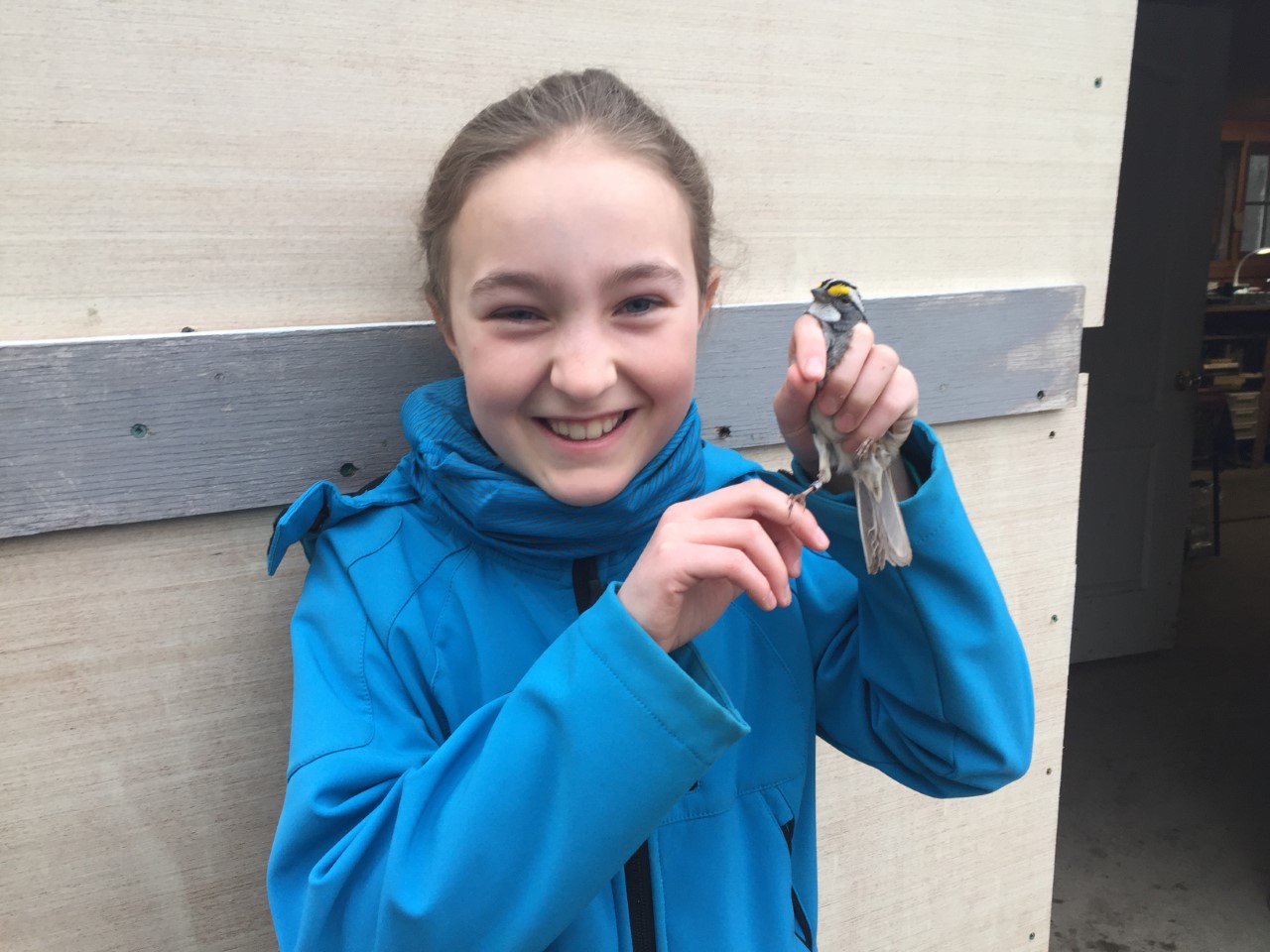
The lousy weather continued yesterday and today – raw conditions….I wouldn’t want to be an aerial insectivore at the moment. And these conditions have really been impacting the variety and number of birds that are around. On both days the banding was slow and quite unexciting – at a time when we should be seeing the first long-distance migrants returning. Oh well….it is what it is.
On the positive side…and there is one….we were getting enough birds and at a pace that made it easy to teach budding ornithologists about banding with hands-on experiences. On busy days they would get shunted to the side so that we could process the birds quickly. Another thing was that there were a lot of good people around, like us, hoping to see some neat birds. In this they were disappointed but it was also our AGM so they got to listen to an excellent talk by Dr. Oliver Love from the University of Windsor on the impact of global climate change on Arctic birds.

But something peculiar happened later this morning. I could sense a tremor in the Force, a change was in the works. And then, presto, Dorothy and her daughters Diane and Joanne walked into the lab on their annual May birding pilgrimage to chalk up migrants. The fact that they arrived with such a positive energy aura can only presage good things to come.
You will notice that the daily species count has been creeping upwards – 52 species encountered on both days. On Sunday, the young census crew (Ethan, Ben, and Liam) raised this year’s bar to 43 species on census – something to aim for if you’re interested.
April 28th; Banded 15:
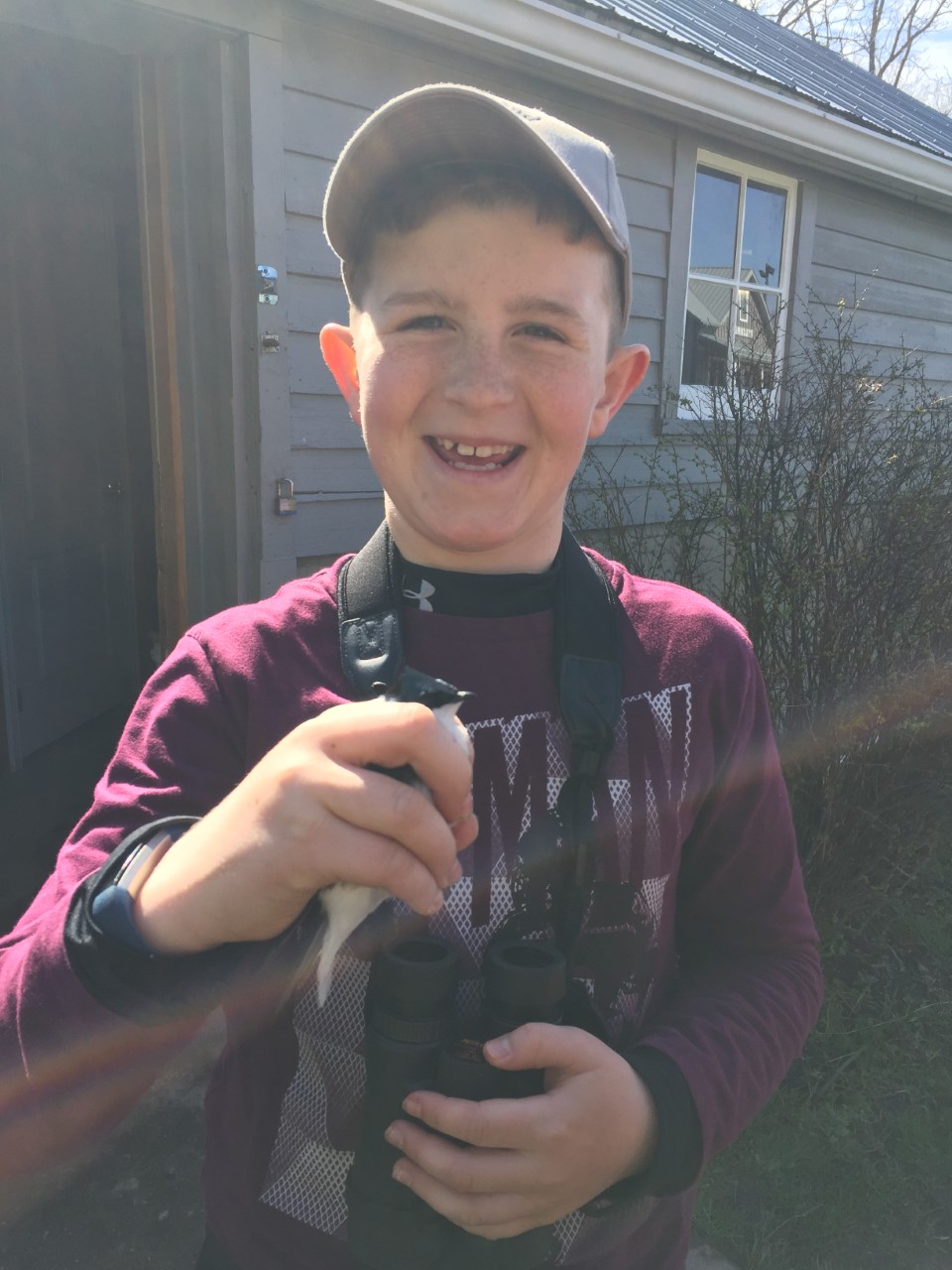
1 Tree Swallow
1 White-breasted Nuthatch
2 Ruby-crowned Kinglets
1 Myrtle Warbler
2 Chipping Sparrows
1 Song Sparrow
4 White-throated Sparrows
3 American Goldfinches
ET’s: 52 spp.
April 29th; Banded 18:
1 Mourning Dove
1 Eastern Phoebe
1 Tree Swallow
1 Ruby-crowned Kinglet
1 Northern Cardinal
2 Chipping Sparrows
3 White-throated Sparrows
1 Red-winged Blackbird
3 Brown-headed Cowbirds
4 American Goldfinches
ET’s: 52 spp.
Photos:
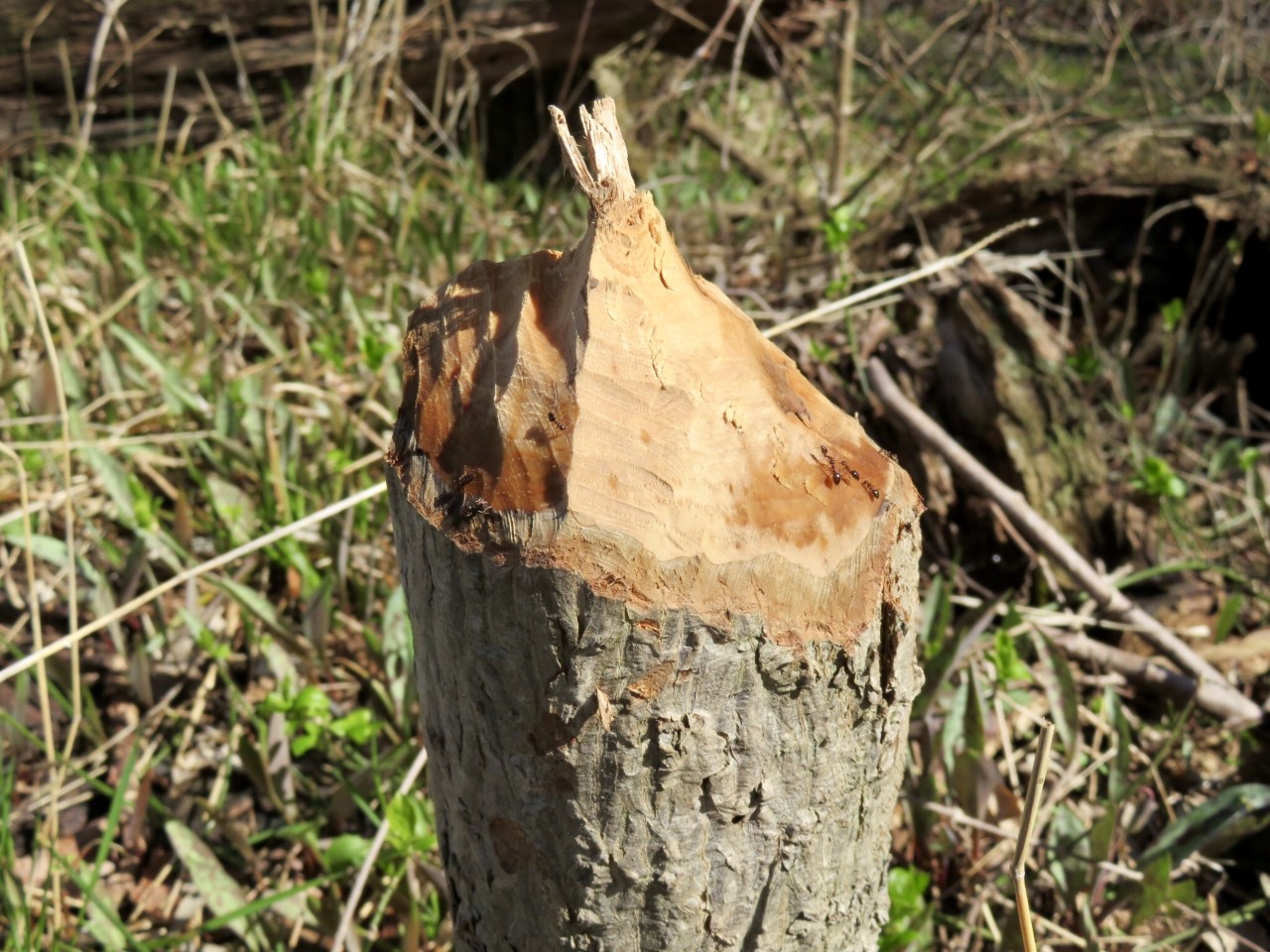
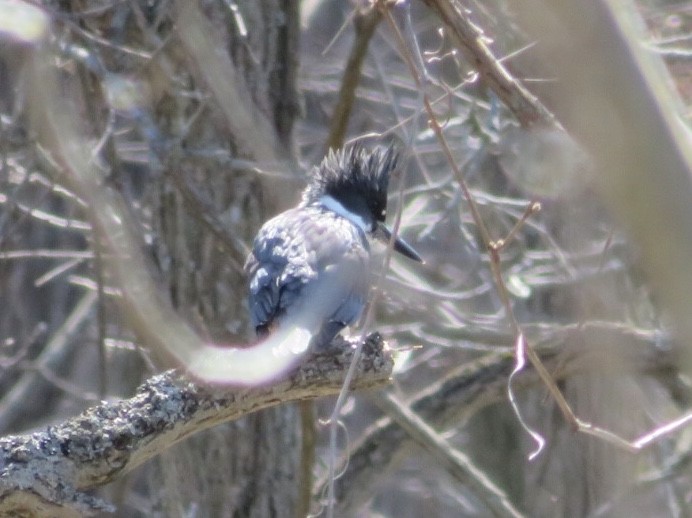
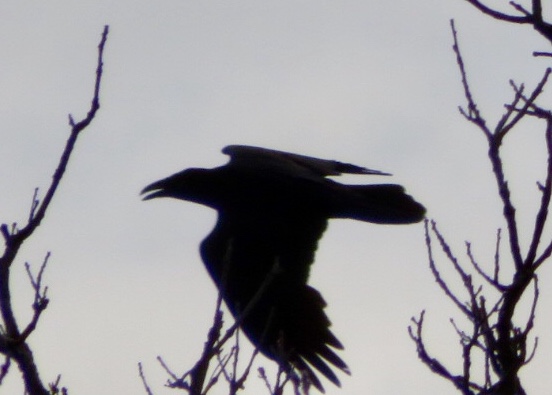
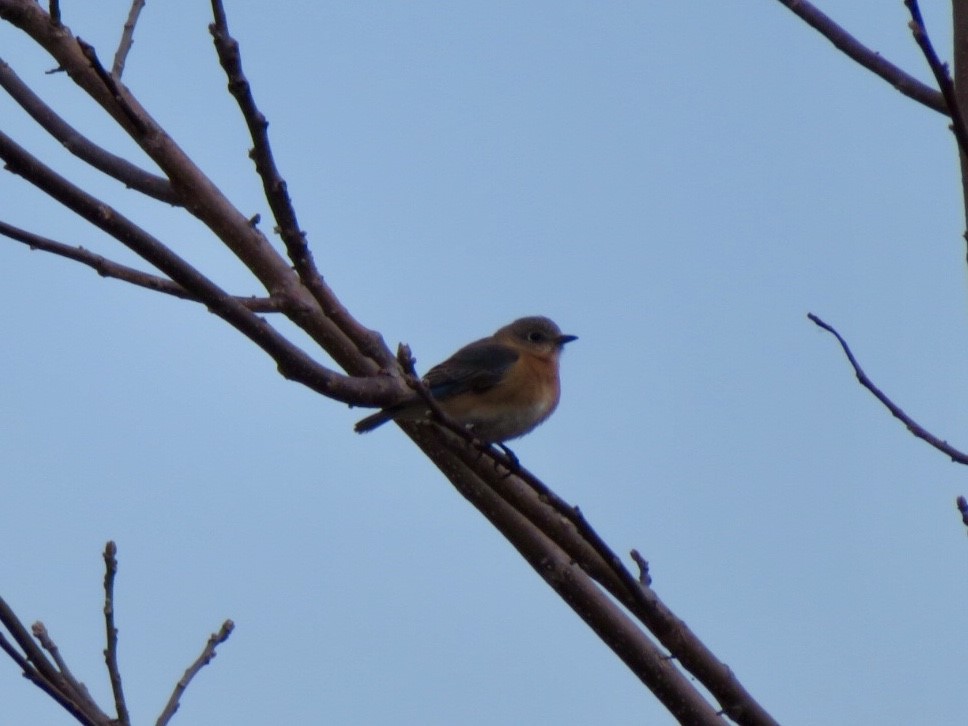
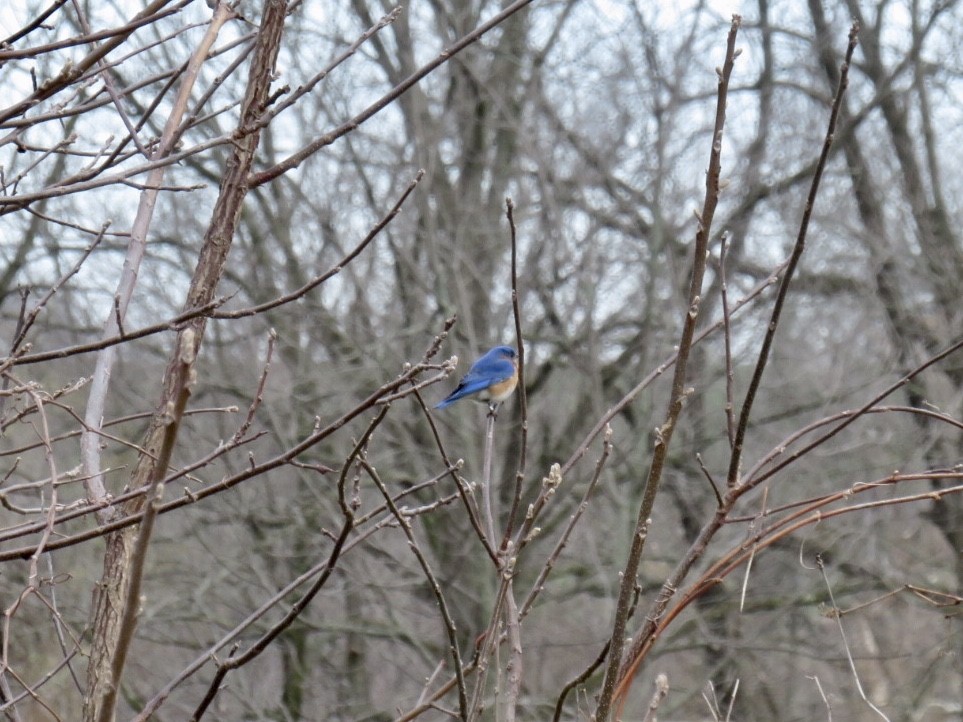
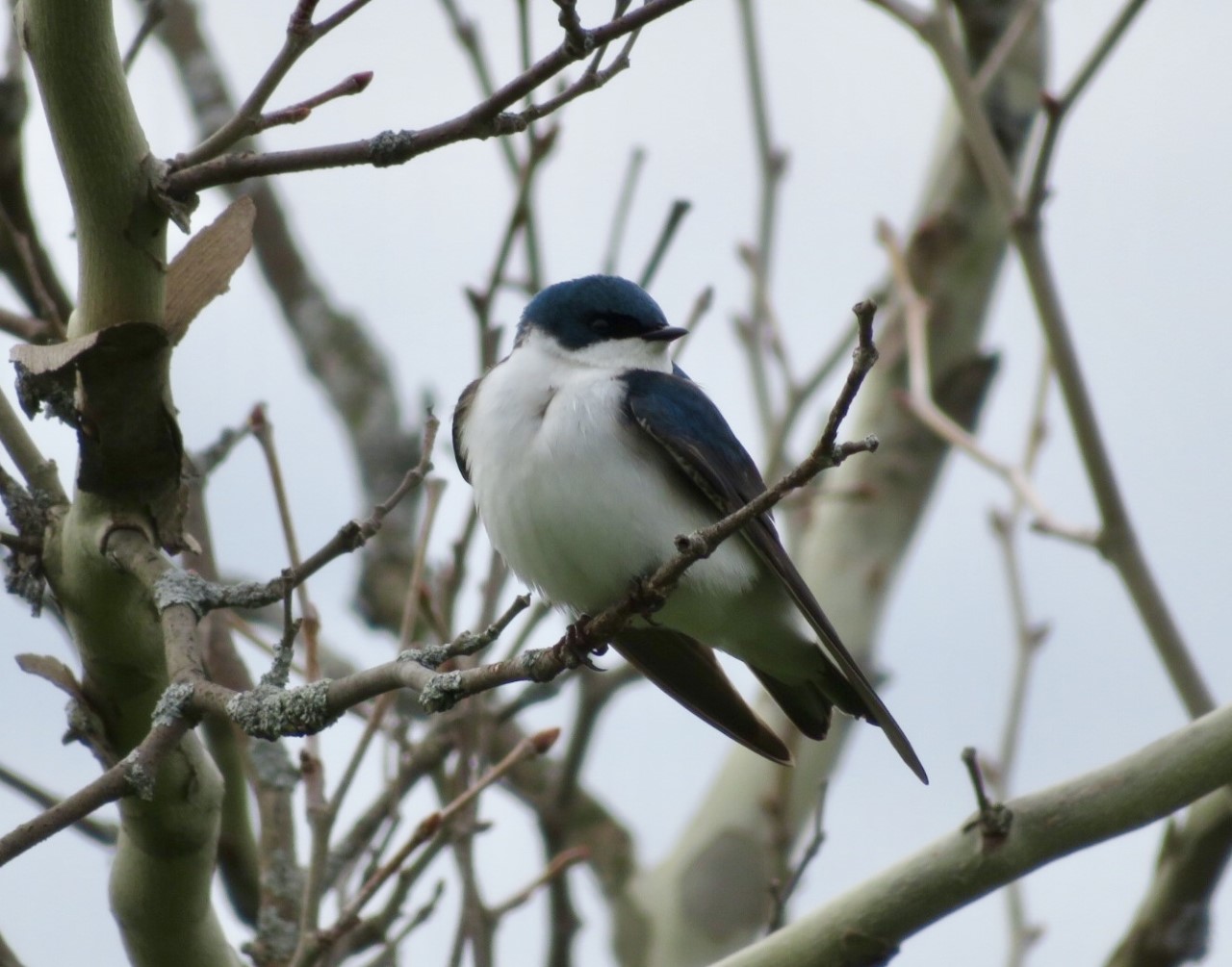
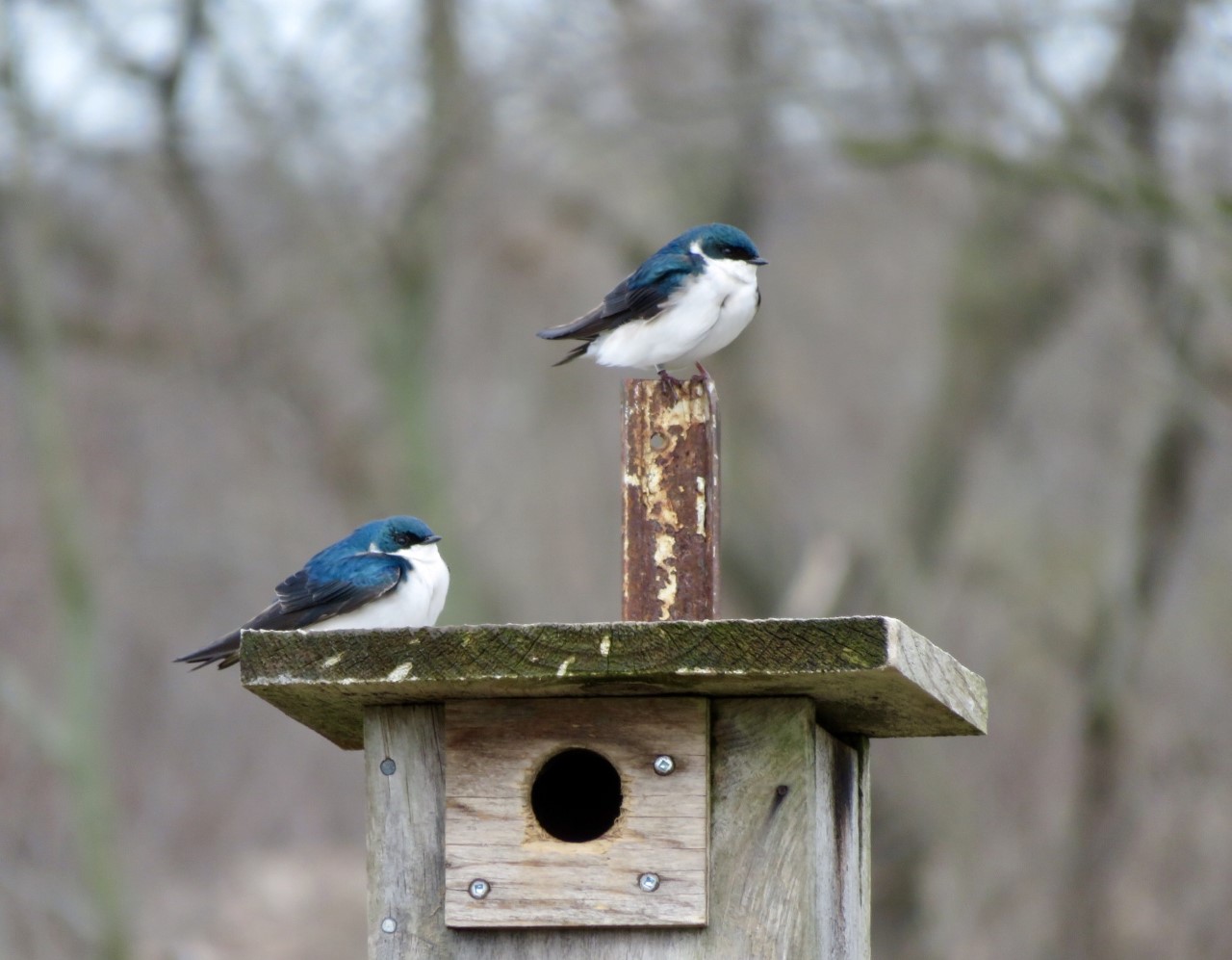


Rick
